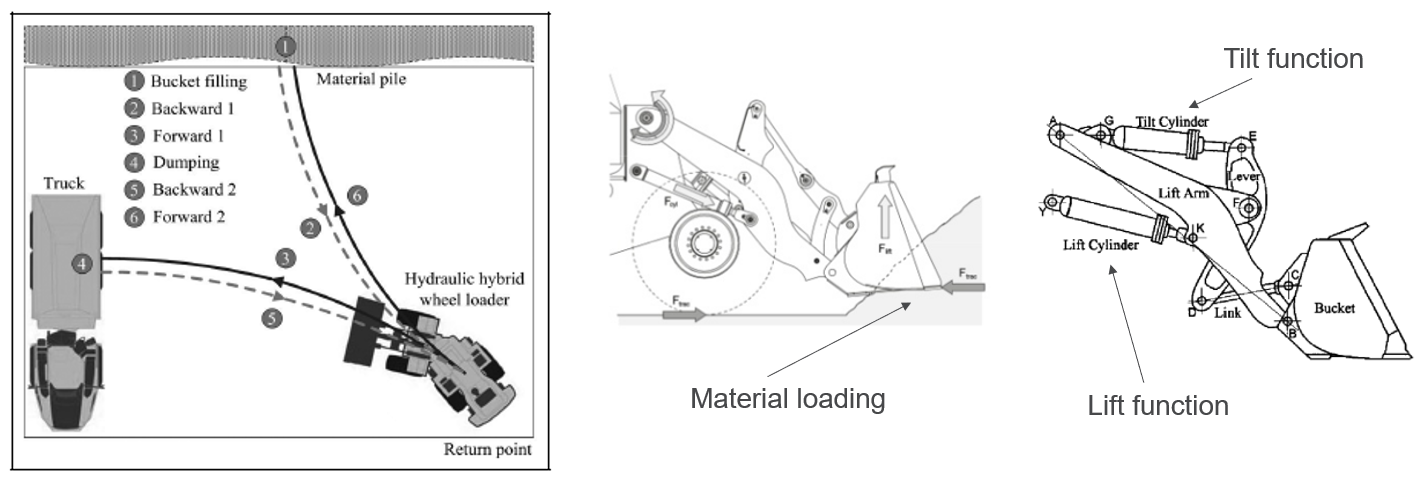Off-Road Vehicles
Published: 2021 November
Discover the impact of vehicle electrification on excavators and wheel loaders with Autonomie.
The U.S. Department of Energy (DOE) Vehicle Technologies Office (VTO) has played a critical role in enabling electrification and reducing fuel consumption in the automotive sector. Currently, the off-road vehicle sector accounts for eight percent of transportation fuel, a percentage likely to increase over time as on-road vehicles move toward electrification. As such, Argonne National Laboratory Vehicle & Mobility Systems Group (VMS) has expanded Autonomie, our state-of-the-art vehicle energy consumption, performance, and cost system simulation tool, to include off-road applications, quantify the potential fuel savings of selected applications resulting from electrification, and thus facilitate collaboration within the industry.
Within the construction market, excavators and wheel loaders are the first and second largest consumers of fuel, respectively. Therefore, excavators and wheel loaders were selected as the first applications to be modeled in Autonomie. While there is no standardized and regulatory vehicle-level duty cycle for wheel loaders and off-road machines in general, a duty cycle for wheel loaders commonly used to assess vehicle-level fuel consumption is the so-called V-cycle, which describes the repetitive back-and-forth motion carried out as the vehicle loads material in the bucket and dumps it in a truck.
 Wheel loader V-cycle and hydraulic functions
Wheel loader V-cycle and hydraulic functions
For the applications and drive cycles considered, electrification provided a five percent energy savings for the excavator and 15 percent for the wheel loader.
For more information, you can read and download the Off-Road Vehicle Energy-Saving Potential report.